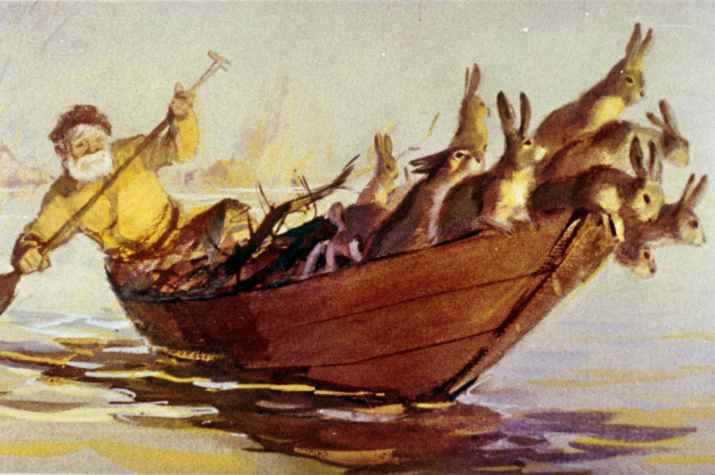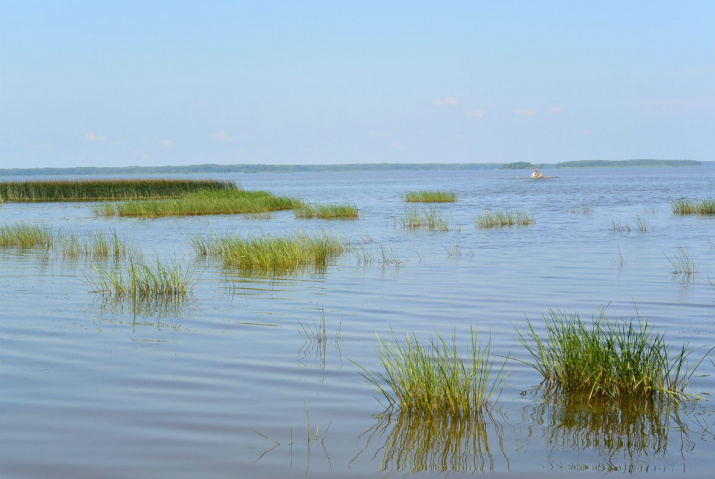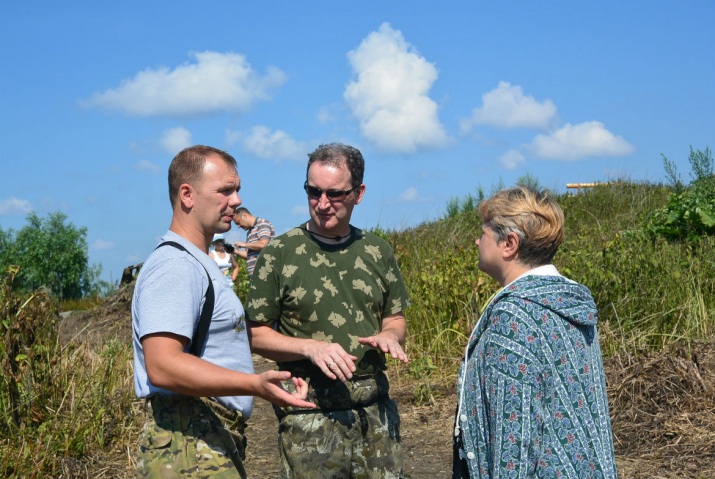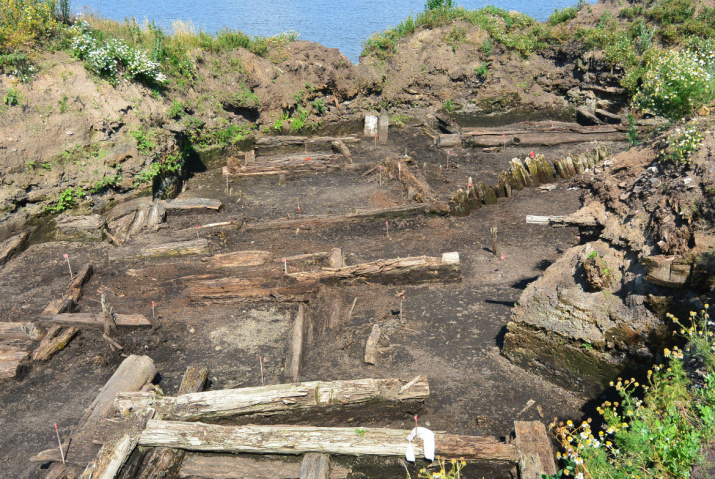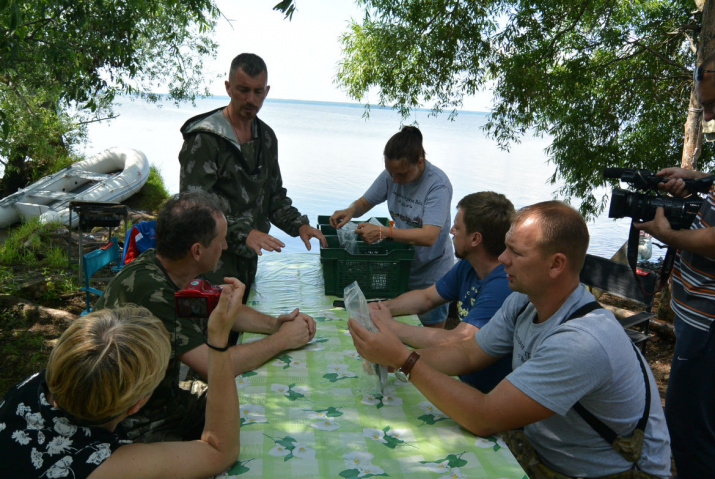Decorations, tools, household items, weapons - all this and many other things can be seen at the exhibition, that will be opened in the Museum of the Kostroma Region on December 4.
Island Vyozhi of the Kostroma Region is called "Kostroma Atlantis". The settlement by the side of the former Idolomka River was located in the Kostroma Lowland. It was flooded in 1954 during the construction of the Gorky reservoir. Hills turned into islands, but the ground was eroded by high water and strong waves. The history of these places could disappear forever, but thanks to a presidential grant, archaeologists have strengthened the shores and continued excavations.
"Vyozhi was standing on artificial stilts like Italian Venice. The cultural layer here is like a layer-cake: every 20 centimeters of excavated land reveals 100 years of history. The first excavations of the settlement began as early as in 1996, and in 2013 the first expedition started", said Roman Ryabintsev, the chairman of the Kostroma regional branch of the Russian Geographical Society.
Residents settled in Vyozhi prior to the XIII century and according to experts they came from Novgorod land. The first camps belong to the Bronze Age. Vyozhi was a Volga outpost, a frontier post in former times and became a part of Muscovy since the 14th century. This is the place where Ivan Savvich Mazaihin lived - the real prototype of Nekrasov’s Grandfather Mazay. Despite the fact that the settlement went under water more than 60 years ago, it continues to interest historians and archaeologists.
For several seasons, the expeditions were held with the participation of archaeologists from the Kostroma regional branch of the Russian Geographical Society. This year works were supported by the Presidential Grants Foundation. Employees of the Storage Department of the museum-reserve and students of the Historical Department of Kostroma State University helped with the excavations.
Thousands of unique items were discovered in Vyozha. Among them are weaving tools ("kochedyk" - an awl for weaving bast shoes), spinning weels, rings, fragments of shoes and clothes, fishing tackle and a mysterious plaque with ancient text - presumably a charter.
"For all the time of the excavation, we managed to find a huge number of perfectly preserved findings: tools for wood and bones carving, leather shoes, ceramics, jewelry, birch bark plaques, records on which were probably made with ink. The soil here is truly unique: due to its raw layer, organic materials are preserved in its original form. There are no such artifacts in the Kostroma Region but here", - said Sergey Karbatov, the head of the laboratory of archaeological and ethnological researches of KSU in Vyozhi.
Findings in the Vyozhi demonstrates: cultured and prosperous people lived in the villages of Tsarist Russia. This is important for the restoration of historical justice, scientists say. For many years, Soviet historiography had created a backward image of a pre-revolutionary village.
The exhibition is an intermediate result of years long expeditions. Visitors will also be shown a maquette of the island Vezhi of the medieval period and a costume of the XIII century, supplemented with decorations. And in the interactive zone it will be possible to see how the potter creates cups, glasses, jugs and other crockery with the help of a ribbon slapping on - an ancient technology that is not used today.
The exhibition will run till March 7, 2019.

